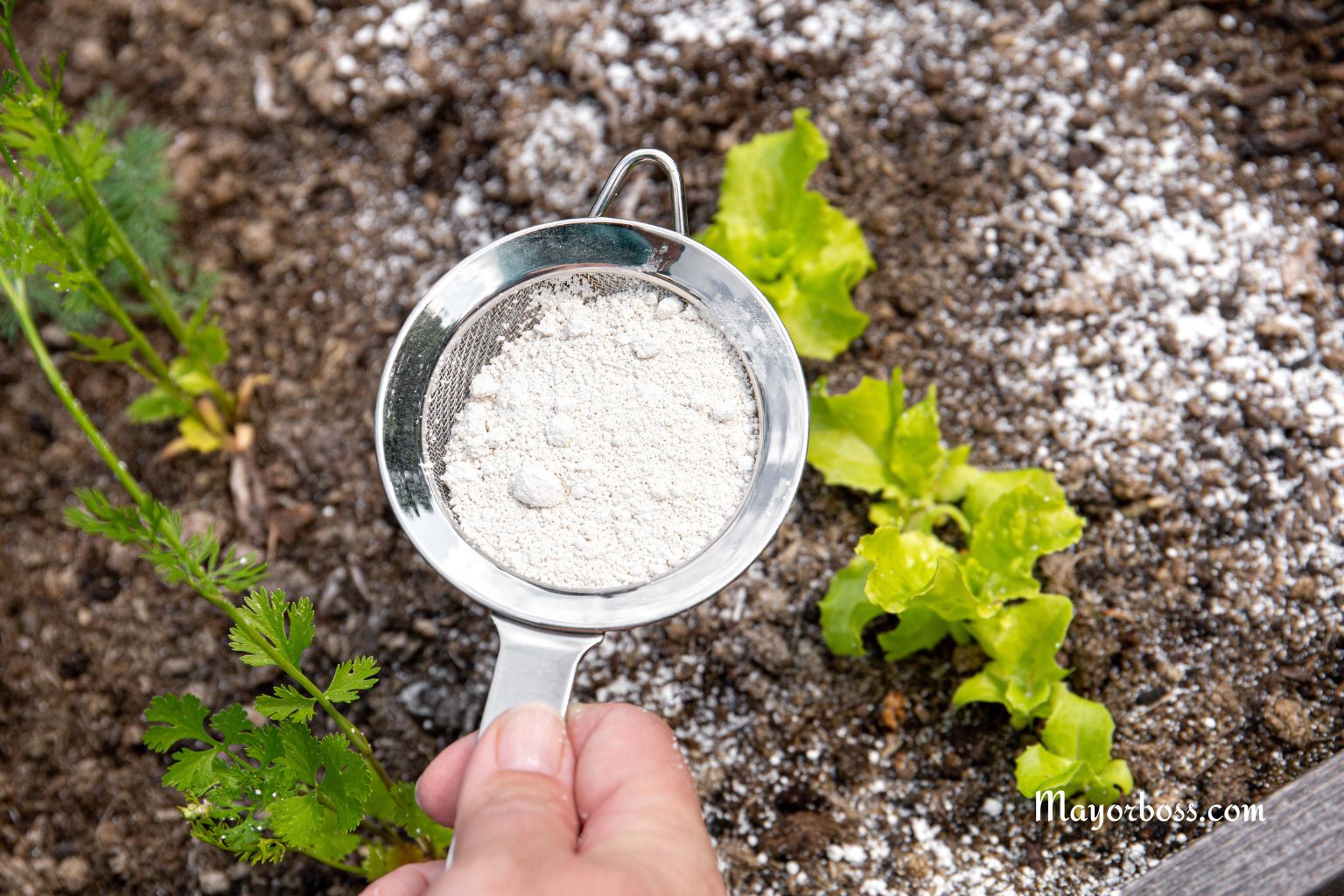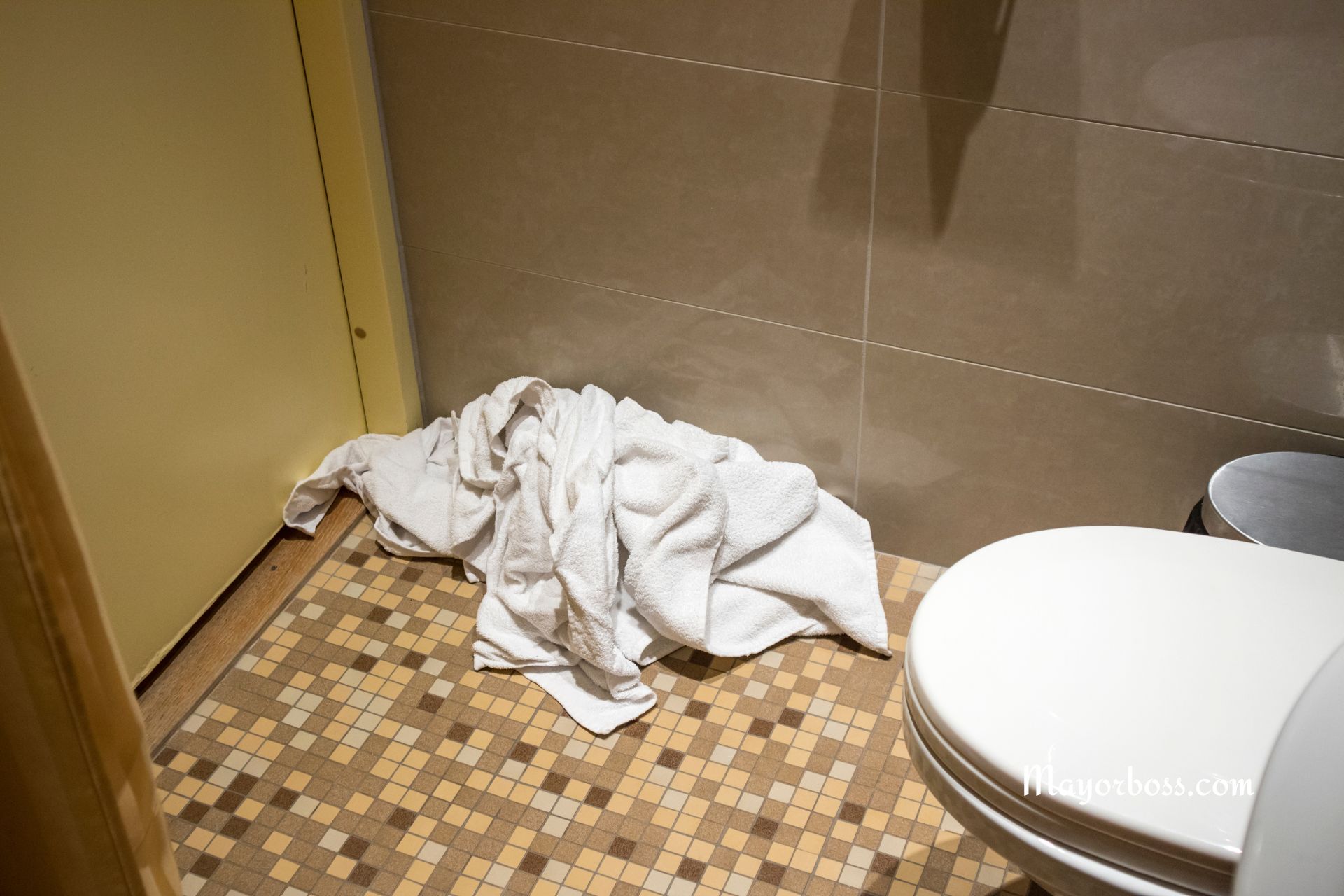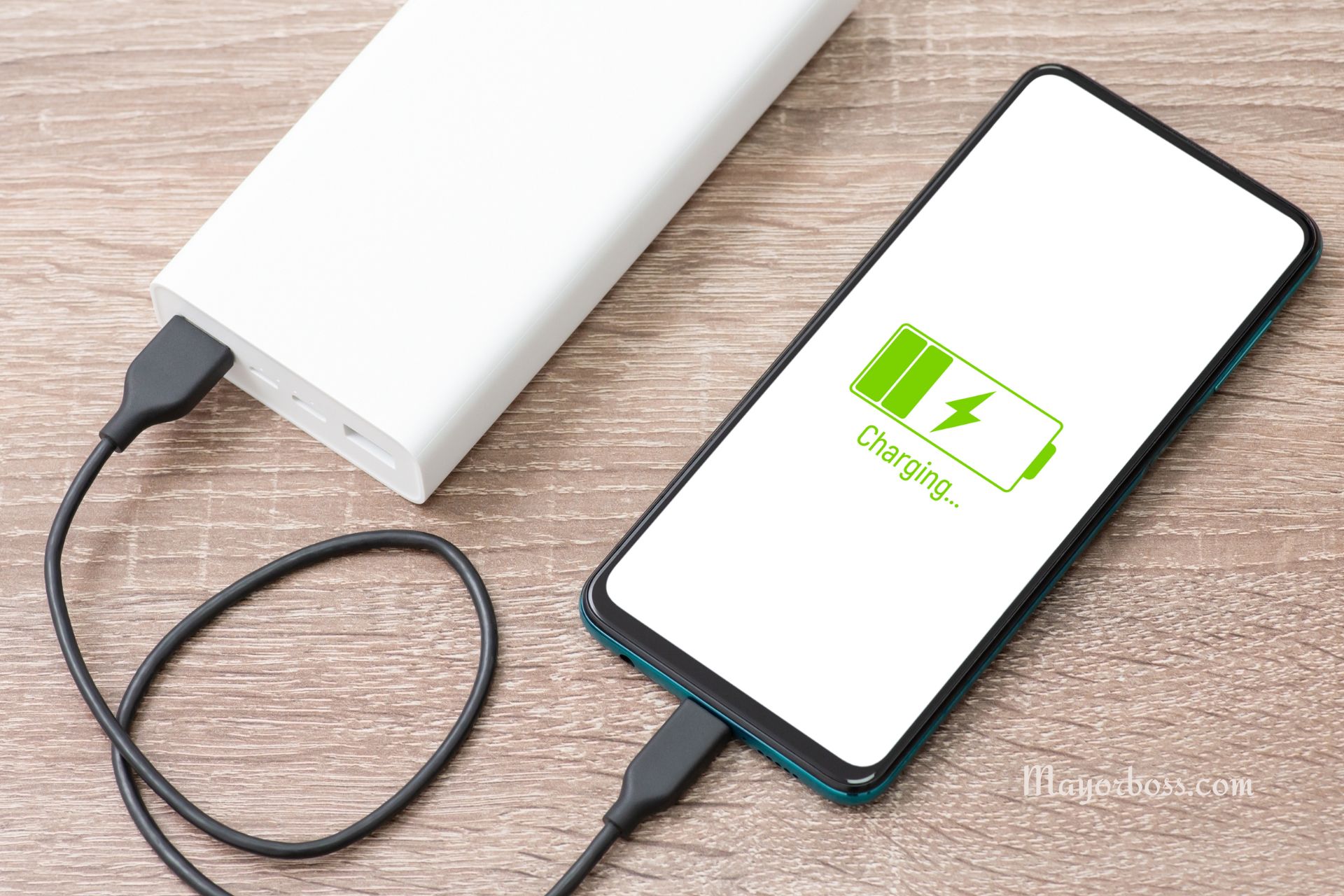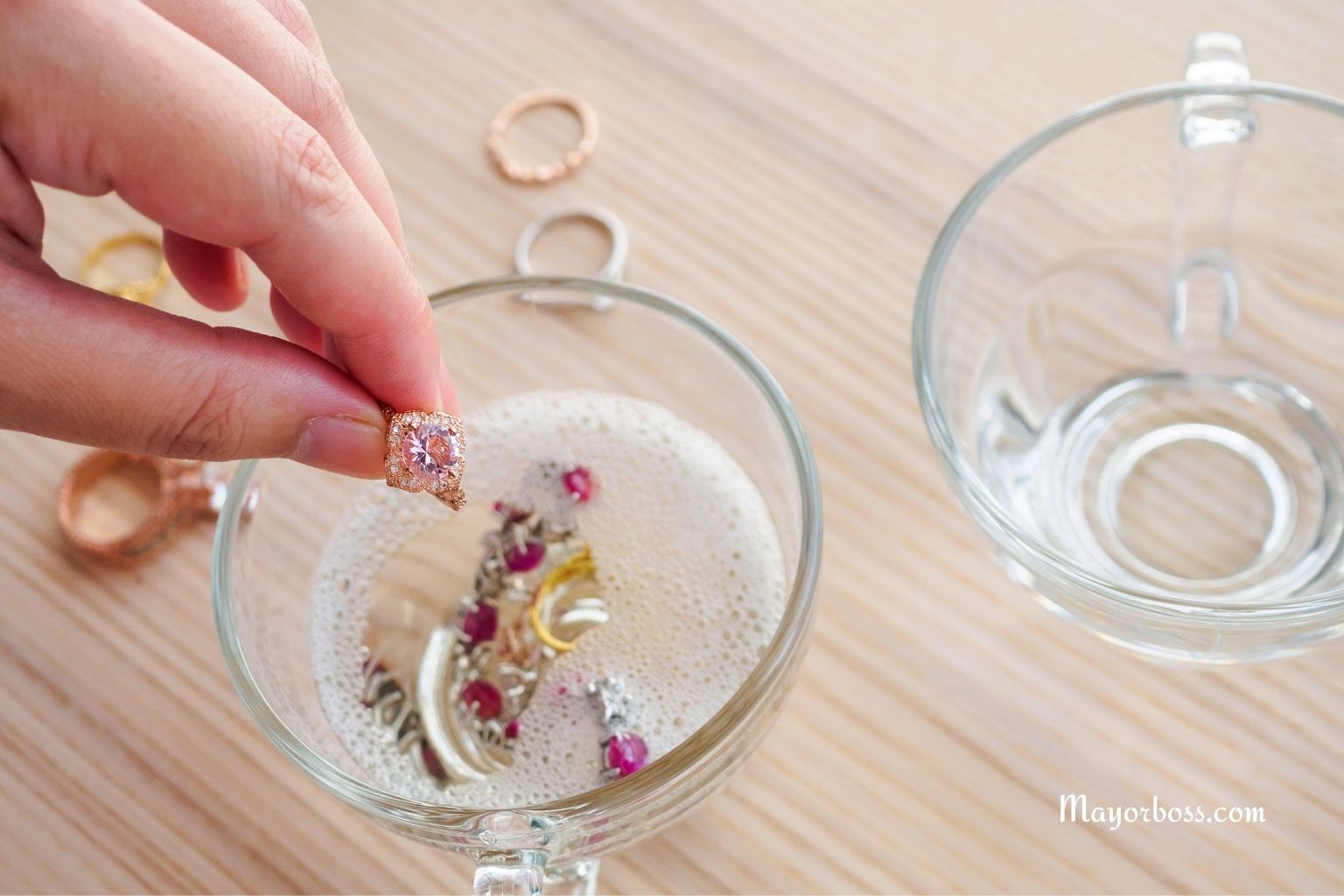How To Use Baking Soda In Your Garden And When Not To
Baking soda can help gardeners fight fungal diseases, clean garden tools, and even sweeten tomato flavors, but it should be used carefully. Applying too much baking soda can damage plants and soil. Always test on a small area and avoid using it near plants that prefer acidic soil.

As a gardener, you are always looking for safe, affordable ways to protect your plants and keep your garden thriving. Baking soda is one household staple that often makes its way into garden routines. You may have heard people talk about its benefits, but you might also wonder, “Is it really safe for all plants?” In this article, I will walk you through how baking soda works in the garden, when it’s helpful, and when it might do more harm than good.
Why People Use Baking Soda In The Garden
Baking soda, also known as sodium bicarbonate, is a mild alkaline compound. For decades, gardeners have used it for various reasons, including:
- Preventing fungal diseases on plants
- Cleaning garden tools and pots
- Deodorizing compost bins
- Reducing soil acidity in small, targeted spots
How To Use Baking Soda Safely In The Garden
1. To Fight Fungal Diseases
Fungal diseases like powdery mildew and black spot can harm your plants, especially roses, cucumbers, and squash. Baking soda can help slow the growth of these fungi, but it does not eliminate them.1
How to use:
- Mix 1 teaspoon of baking soda with 1 quart of water.
- Add a few drops of mild liquid soap (not detergent).
- Spray on affected leaves once a week.
Tips:
- Spray early in the morning or late in the evening.
- Test on a single leaf before applying widely.
- Repeat every week as needed, but do not overdo it.
2. To Clean Garden Tools And Pots
Dirty garden tools can spread diseases between plants. Baking soda acts as a gentle abrasive and deodorizer.2
How to use:
- Sprinkle baking soda on a damp sponge or brush.
- Scrub tools or pots, then rinse with water.
3. To Control Odors In Compost Or Bins
Compost bins and garden waste can smell unpleasant. Baking soda helps absorb odors, making your garden area fresher.
How to use:
- Sprinkle a thin layer of baking soda on top of your compost pile.
- Avoid using too much, as it can slow down the composting process.
4. To Sweeten Tomato Taste (With Caution)
Some gardeners claim that sprinkling baking soda at the base of tomato plants can lower soil acidity, making tomatoes taste sweeter. The evidence is mixed.
How to use:
- Use a very light sprinkle on the soil surface, away from plant stems.
- Water thoroughly afterward.
- Only use this method if your soil is very acidic and your tomatoes taste too tart.
When Not To Use Baking Soda In The Garden
While baking soda can be helpful, using it incorrectly can hurt your garden.
1. On Acid-Loving Plants
Plants like azaleas, rhododendrons, hydrangeas, and blueberries prefer acidic soil. Baking soda raises soil pH, which can weaken or damage these plants. Avoid using baking soda anywhere near them.
2. In Large Amounts
Baking soda contains sodium, which can build up in the soil over time. Too much sodium is toxic to plants. Only use small amounts, and avoid repeated heavy applications.
3. As A General Weed Killer
Some people recommend baking soda as a weed killer. It can damage weeds, but it will also harm other plants and disrupt soil health if overused. Chemical weed killers or manual removal are often safer.
4. To Treat Every Plant Disease
Baking soda works on some fungal issues, but not all plant diseases. Bacterial and viral problems, for example, do not respond to baking soda. Misuse can delay proper treatment.
How To Decide If Baking Soda Is Right For Your Garden
Before reaching for the baking soda, ask yourself:
- What problem am I trying to solve?
- Is this a fungal disease that responds to baking soda?
- Are my plants acid-loving?
- Have I tried safer or less disruptive solutions first?
Start small. Test the solution on a small part of one plant. Watch for signs of leaf damage, wilting, or soil problems.
The Bottom Line
Baking soda can be a useful tool in your gardening toolkit—but only if used sparingly and for the right reasons.
- It may help with fungal diseases, tool cleaning, and odor control.
- Do not use on acid-loving plants or in large amounts.
- Avoid treating every garden problem with baking soda.
- Always test before applying widely.
Responsible use of baking soda keeps your garden healthy and reduces the risk of damaging your plants or soil.
Frequently Asked Questions
1. Can baking soda kill insects in the garden?
Baking soda is not an effective insecticide. It works mainly on some fungi, not insects.
2. How often can I spray baking soda solution on my plants?
Limit applications to once a week and monitor plants for any signs of damage.
3. Will baking soda harm earthworms or beneficial soil microbes?
Overuse can upset soil balance and harm beneficial organisms. Use sparingly and only when needed.
4. Is it safe to use baking soda on vegetable plants?
Yes, but in small amounts and only for specific fungal issues. Always rinse vegetables before eating.
5. Can I use baking soda to change soil pH?
Baking soda can slightly raise soil pH in small areas, but it is not a reliable long-term solution for major pH changes. Use garden lime for safer, more controlled results.






